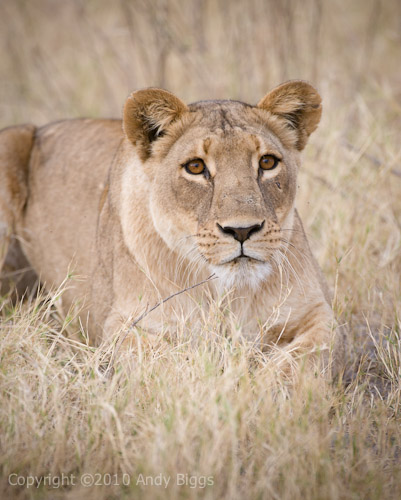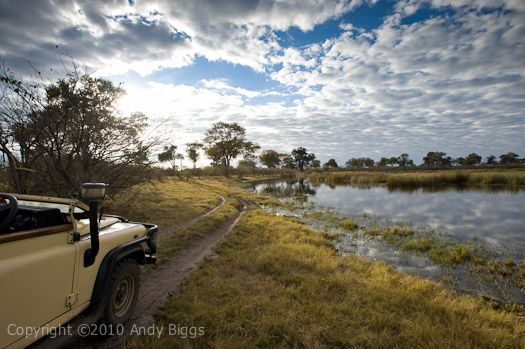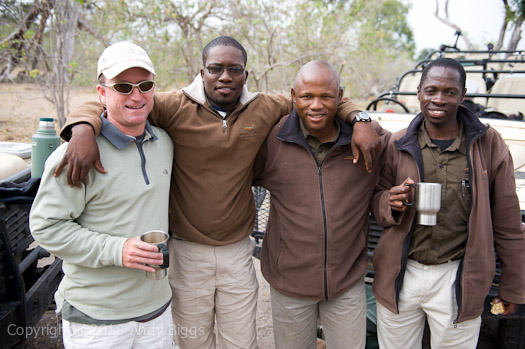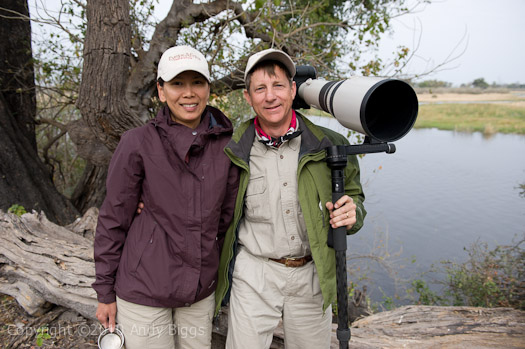Day 12 – Johannesburg / Mashatu Main Camp, Botswana
 Saturday, August 7, 2010 at 06:00AM
Saturday, August 7, 2010 at 06:00AM We took a private charter from Joburg today, and we had one airplane for us and one for all of our luggage. This allowed us to bring more than 90 pounds of luggage per person, without all of the stress and headaches. The flight was only 1:15, and we were on the ground in the game reserve by the early afternoon. We met our guides, sorted our luggage, waved goodbye to the pilots and headed towards camp within minutes of our arrival. We checked into our rooms, freshened up and met back for high tea. Afterwards we headed out for our afternoon game drive.
Mashatu is all about elephants, and let me tell you we hit the mother load this afternoon. What a fantastic afternoon, filled with multiple families of elephants. The light was nice and warm, and we sat and watched families of elephants come up from the riverbed, towards our vehicles.
Walking elephants can be visually less than exciting, so I decided to work on some blurred panning shots a bit. Since the sun set at 5:30-ish, we didn’t do anything else other than spend time with the elephants this afternoon. After photographing the elephants, our vehicles met up at the top of a hill and watched the darkening sky get darker, at the same time laughing and talking over gin and tonics, wine and beer. For some on the trip it is their first time in Africa, and I can see that they are enjoying themselves right off the bat. Troy, who works for Gura Gear as well as myself, had a huge grin on his face. I think he is hooked, and perhaps he will be able to join me on future safaris. Troy is shooting video on this trip, but primarily for marketing purposes. We want to show potential travelers what it is like out on safari, from what we do, where we stay, what people are photographing and also to convey the overall feeling of an African photo safari with me or with one of the other photographers who also lead safaris with me.
Note: All images in these daily blog postings are very very rough edits of the things we have seen, and I often omit the photographs that take too much time to process. I don’t take much time off during the day, as I am working with people with their photographic needs. All of my images in these posts will have to be re-processed when I get back home, and they are only included in these blog entries for illustration purposes.

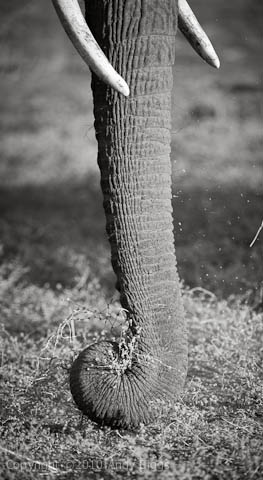
 Botswana,
Botswana,  Mashatu,
Mashatu,  Tuli Block,
Tuli Block,  safari in
safari in  Safari Reports
Safari Reports 






